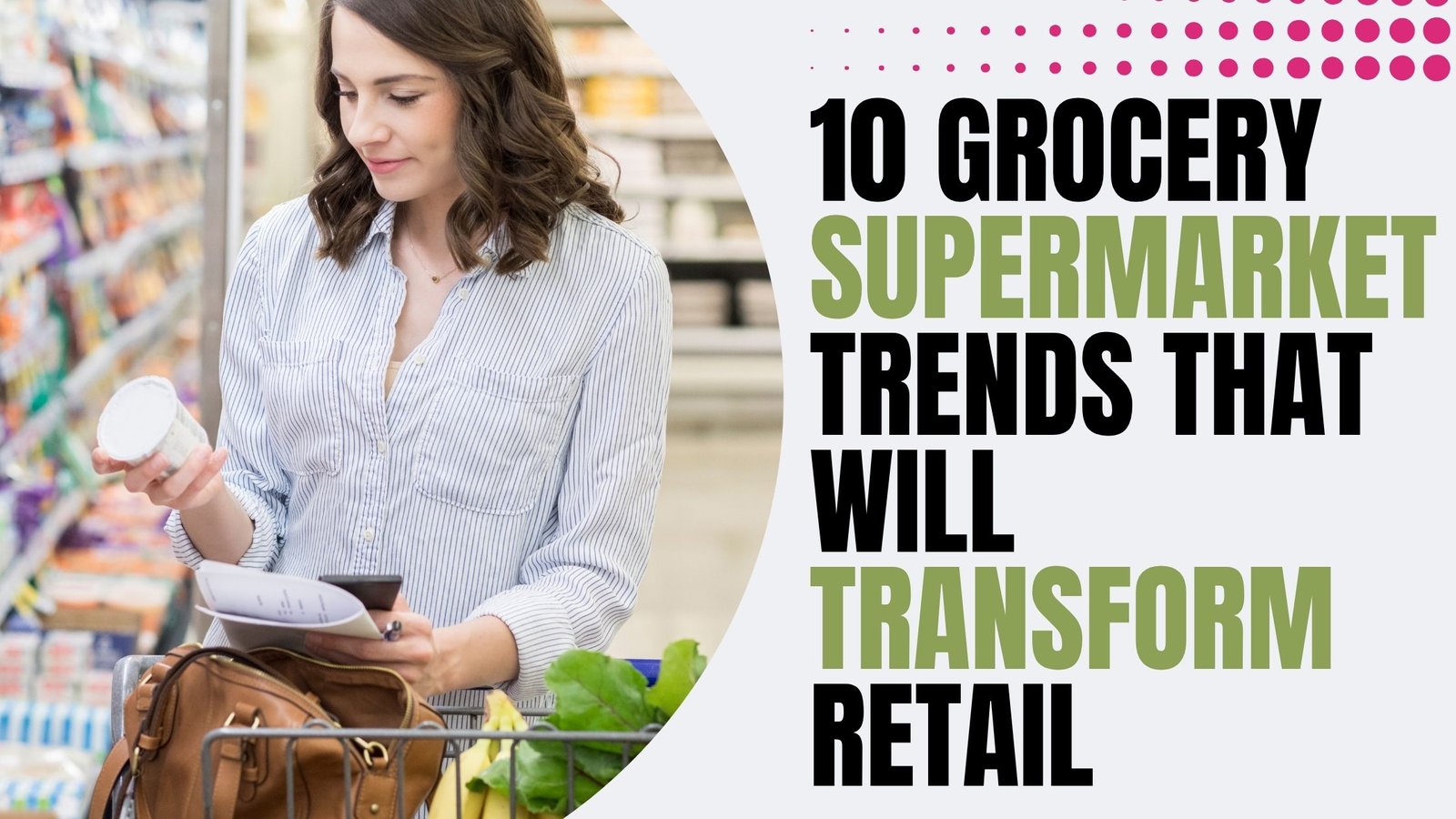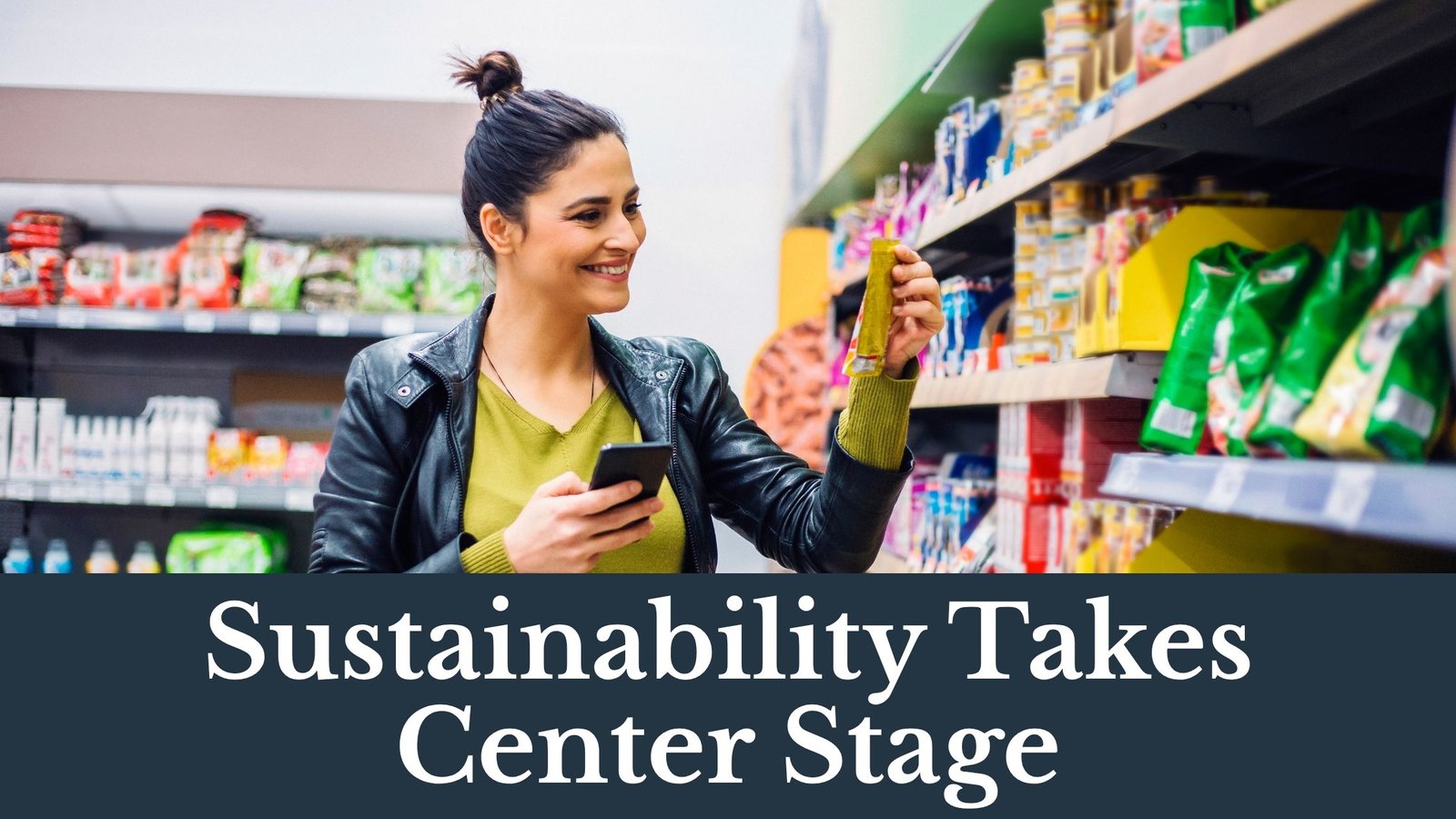The world of supermarkets is undergoing a radical change. With 2025 approaching, the retailers are faced with a complex set of possibilities and issues that will determine the sector’s future. From the latest technological advances to the evolving behavior of consumers, knowing these changes is vital for those who want to be successful in this highly competitive industry.
The Indian supermarket market offers promising prospects, with estimates showing it could be worth USD 352.8 billion by 2029. It is expected to grow at an astounding 8.5 percent annually. It’s not just about the numbers, but it is a significant shift in the way that people buy, the items they prefer, and how companies must adjust to survive.
The Digital Revolution in Grocery Shopping
The digital revolution continues to transform the shopping experience. Automated check-out and mobile payment methods, as well as contactless shopping, have evolved from novelty to essential. Shopping carts that are equipped with sensors as well as digital displays are becoming more widespread, which allows customers to scan products as they shop and also receive individual suggestions.
Artificial Intelligence is driving the inventory management systems, which can identify demand patterns with an incredible degree of accuracy. They help retailers cut down on consumption while also ensuring that the most popular items are in stock. Machine learning algorithms analyse purchase information to improve the layout of stores and their products and create a more enjoyable shopping experience.
Sustainability Takes Center Stage
A growing concern for the environment has prompted significant shifts in the retail of groceries. The consumer is increasingly concerned about packaging materials, energy consumption, and waste management strategies. Supermarkets have responded with extensive sustainable initiatives that include recyclable packaging options, energy-efficient refrigeration systems, and initiatives to reduce food waste.
Local sourcing has taken on a huge importance as retail stores have joined directly with farmers in the region and other producers. This reduces costs for transportation and supports local economies, and is appealing to eco-conscious buyers who favor a smaller supply chain.
Health and Wellness Focus
The pandemic has changed consumers’ expectations, with health and well-being as the main focus. Stores are expanding their organic sections of produce, including more alternatives made of plants, as well as committing significant space to functional foods as well as supplements.
Transparency in nutrition has become a necessity. The precise labeling of ingredients, the sourcing information, and a health-conscious product categorizing help shoppers make informed decisions. Certain retailers have even joined with nutrition experts to provide individual dietary guidelines as well as meal-planning assistance.
Personalization and Customer Experience
Today’s shoppers want personalized shopping experiences that are tailored to their needs and buying routines. Programs for loyalty now use advanced analytics to deliver personalized promotional offers, suggestions for products, as well as exclusive access to the latest merchandise.
Mobile apps have advanced beyond basic shopping lists and have transform into comprehensive platforms for retail. The features include inventory checks in real time, as well as aisle navigation and recipe recommendations based on ingredients readily available, and effortless integration into delivery companies.
Omnichannel Integration
The boundaries between offline and online purchases are continuing to blur. Successful retailers have created seamless experiences across all channels that let shoppers shop online, shop in stores, buy online, or organize convenient delivery and pickup choices.
These services are now the norm, and retailers are exploring hybrid options that blend traditional and digital shopping. This approach caters to a variety of consumers’ preferences and maximizes the efficiency of operations.
Private Label Evolution
Brands that sell at stores are seeing a significant increase in sales as retailers design high-end private label items that directly compete with the national brand names. They typically offer higher prices while also offering customers options that are priced competitively.
Private label brands with premium quality are appearing in categories such as organic products, artisanal foods, as well as specialty products. This allows companies to stand out from the crowd and build stronger customer loyalty and increase profitability.
Navigating Industry Challenges
Despite the promise of growth, supermarkets face considerable obstacles. The rising cost of food continues to strain both businesses and consumers, which requires an optimum balance of competitive pricing and margins that are sustainable. In the supply chain, disruptions to supply chain operations remain unavoidable, and make a solid logistics plan essential.
The competition from online platforms grows each day, forcing traditional retail stores to innovate constantly. Fast commerce platforms that promise quick delivery in a matter of hours have raised the expectations of consumers for ease of use as well as speed.
The consumer’s preferences change rapidly, and retailers must be flexible and adaptable. The shift to health-conscious buying, increased demand for transparency, as well as the demand for personalised experiences, brings both possibilities and operational issues.
Also Read: 10 Effective Strategies to Resolve Supply Chain Problems in Your Supermarket Franchise
Future-Proofing Your Grocery Business
The ability to succeed in the ever-changing landscape is dependent on strategic thinking and flexibility. Retailers should invest in the latest technology infrastructure and maintain the human interaction that a lot of consumers enjoy. Knowing the local market’s dynamics is essential as preferences of consumers vary dramatically across different regions.
The development of strong supplier relationships and implementing flexible inventory management systems, as well as establishing strong online capabilities, isn’t an option for businesses to make investments. They are essential for their survival. The most successful retailers for groceries are those who can effortlessly blend their traditional expertise in retail and innovative strategies to satisfy the changing needs of consumers.
The industry of grocery store industry is at an interesting crossroads. Although the challenges are real and crucial, the potential for innovation and growth has never been more exciting. Retailers that embrace these changes and remain true to their mission to serve their customers are well placed to succeed in the current market.




